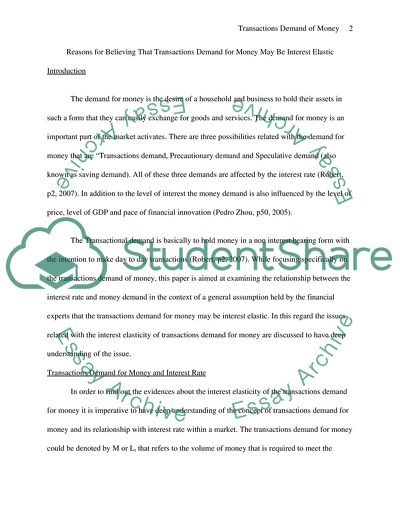Cite this document
(The Reasons for Believing that Transactions Demand for Money May Be Coursework, n.d.)
The Reasons for Believing that Transactions Demand for Money May Be Coursework. https://studentshare.org/finance-accounting/1711023-discuss-the-reasons-for-believing-that-transactions-demand-for-money-may-be-interest-elastic
The Reasons for Believing that Transactions Demand for Money May Be Coursework. https://studentshare.org/finance-accounting/1711023-discuss-the-reasons-for-believing-that-transactions-demand-for-money-may-be-interest-elastic
(The Reasons for Believing That Transactions Demand for Money May Be Coursework)
The Reasons for Believing That Transactions Demand for Money May Be Coursework. https://studentshare.org/finance-accounting/1711023-discuss-the-reasons-for-believing-that-transactions-demand-for-money-may-be-interest-elastic.
The Reasons for Believing That Transactions Demand for Money May Be Coursework. https://studentshare.org/finance-accounting/1711023-discuss-the-reasons-for-believing-that-transactions-demand-for-money-may-be-interest-elastic.
“The Reasons for Believing That Transactions Demand for Money May Be Coursework”. https://studentshare.org/finance-accounting/1711023-discuss-the-reasons-for-believing-that-transactions-demand-for-money-may-be-interest-elastic.


